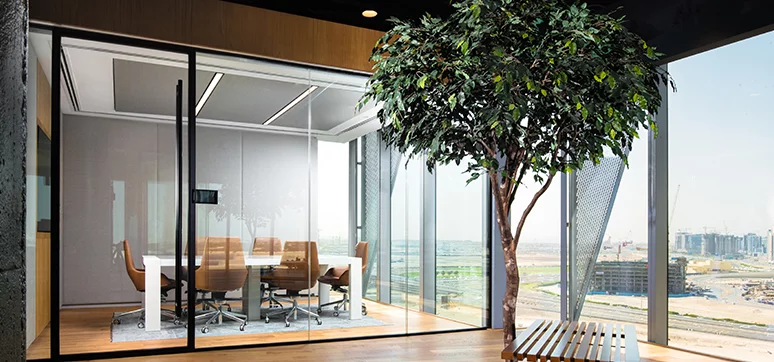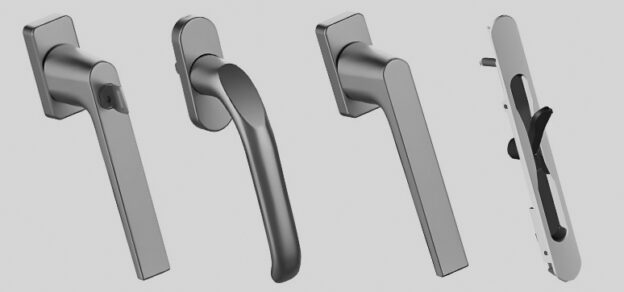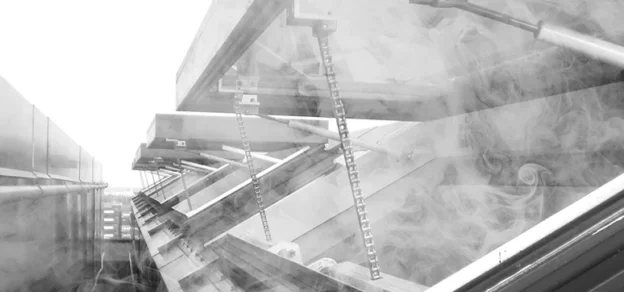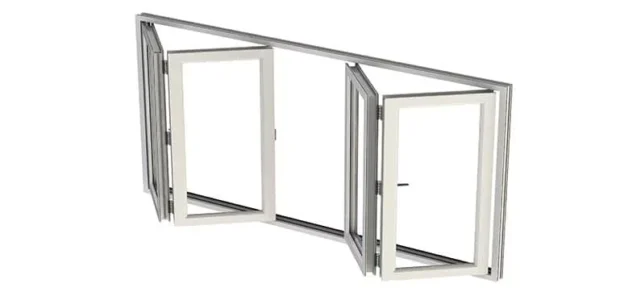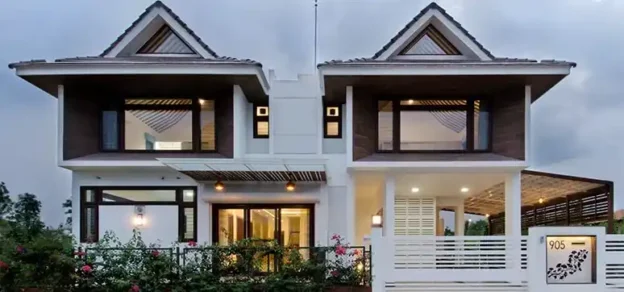More than ever, modern building projects can benefit from the use of certified products, writes Daniel May, Director of Consort Architectural Hardware. The needs of modern building environments have evolved. Throughout the construction process, decision makers are more commonly deliberating on themes such as innovation, accessibility and sustainability. And that’s not mentioning the renewed focus on building safety and performance, succeeding heightened concerns.
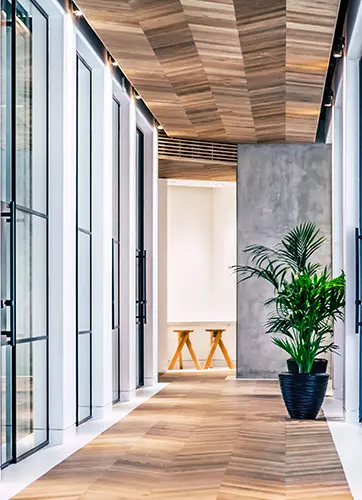
As the collective commitment towards these topics grows, it is as vital as ever for design professionals to deliver reliable, quality materials and hardware on their projects. Architectural hardware, for example, is one of the most heavily used elements within a building environment, and a typical busy door can be used 150 times each day.
Door hardware plays a pivotal role in a building’s operational network and its fire safety, so the application of certified hardware solutions shouldn’t be undervalued. While it is important to deliver on aesthetics and innovation, there is always a clear responsibility to provide safe and secure building environments.
Updated reforms, and the regulations they introduce, will always continue to raise the standards associated with building design, and with that, the benefits of certified hardware will shine. Along the supply chain, the durability of hardware products is the key, and this is in no way more assured than with independent certifications.
For example, for fire doors to operate as intended, they rely on fitted hardware to perform – opening and closing upon demand to ensure the compartmentalisation of smoke and fire.

Fire door hardware products in the UK for example should, at a minimum, be CE marked (UKCA from 2023), showing they comply with the minimum regulatory requirements. However, to emphasise the highest levels of performance and durability, product manufacturers will often look towards third-party certifications such as the commonly recognised Certifire – a certification scheme that assures the performance, quality, reliability and traceability of hardware products.
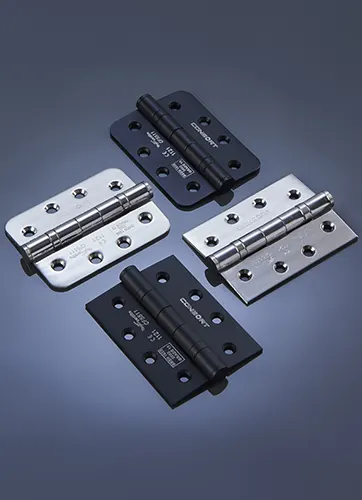
For architects, specifiers and end users alike, product certifications such as Certifire boost the dependability of hardware choices and make for an easier, less time-consuming selection process. They provide additional confidence that the chosen product will perform when called upon, remaining safe and high performing throughout its lifecycle. A building is a network of design choices, all of which must work in tandem for the infrastructure to operate as intended. Should one area fail, for example, the mechanisms of a fire door closer, the infrastructure becomes compromised, heightening safety and security risks for the building’s occupants and visitors.
It is critical that only the most durable products are used in these scenarios and whether using non-standard or standard arm applications, hardware must be compliant with various areas considered, such as meeting DDA requirements by paying close attention to the opening forces used in public spaces. And while manufacturers have a responsibility to test, label and supply the highest standard of product, decision-makers must then also choose to apply hardware that meets the requirements of the building in question.
Avoiding Costly Errors
In some cases, design teams will face a choice between the initial costs of certified products and their less reliable counterparts. Although economic considerations are often part of the construction process, durable hardware will continue to perform long after its initial supply period, whereas cheaper hardware alternatives can become counterintuitive, failing to offer that same quality and durability, and leading to costly consequences.
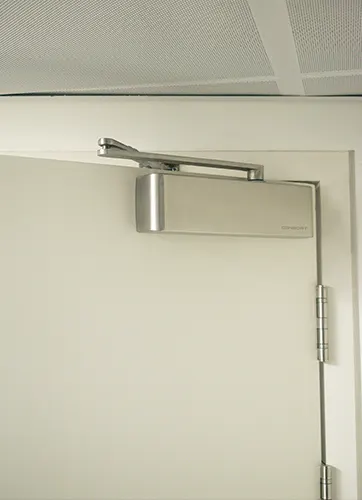
Later in a building’s lifecycle, where less durable products have been used, complications can arise. With this, the costs associated with future maintenance and replacements can quickly begin to add up and work against the original decision. Not to mention the expense of building safety. More recently, sustainability continues to grow into the conversation, fairly asking questions about the environmental impact buildings omit. As was referenced at the recent COP26 conference, the built environment and construction sector accounts for 38% of the world’s Carbon Emissions, and so changes must now be made to avoid both environmental and reputational costs.
Where sustainability is concerned, there is a promise, however. Today, 82% of AEC organisations are now understood to have a dedicated sustainability team in place, and with environmental goals established, sustainable performance is more readily measured. Between COP26 and UNEP, both industries and individuals are progressively being held responsible for their environmental footprint, and the growing expectation to go beyond compliance has incited real change. The time has come for decision-makers to do their part to limit the consumption of construction resources, and certified architectural hardware can play its part here too. Hardware can also gain environmental certifications, such as ISO 14000, which is a set of standards designed to reduce environmental waste and damage.
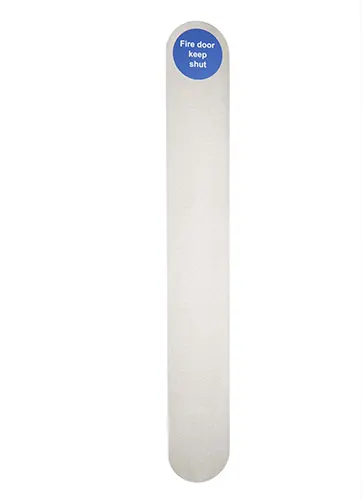
Similar to Certifire, BREEAM is a third party sustainability assessment method focusing on infrastructure and buildings. Hardware products can become recognised under independent standards – providing users with peace of mind that products are more durable, ethically sourced and environmentally resourceful. The aim is to reduce replacement hardware and the amount of packaging that is associated with replacements. And extended durability – represented through certifications – is the way forward.
The alteration of product packaging is another area that is seeing significant change too. R&D teams are already sourcing alternative packing options and eliminating product waste in a bid to stimulate the circular economy. This commitment must also transfer through to the specification and design stages of projects too. In some cases, for example, there has been a shift to modular and off-site construction, where elements of the project are constructed and delivered in a finished form.
This approach has been designed to reduce the consumption of site waste through the application of controlled manufacturing environments. However, waste can still feature here, and decision-makers must continue to recognise their responsibility in choosing the more sustainable product option to avoid sending any waste to landfill where possible.
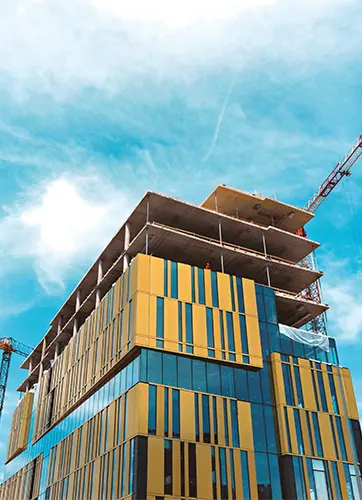
The benefit of sustainable construction is in fact extremely far-reaching. Already, most AEC organisations are seeing the advantages, as 3 in 4 construction firms say the introduction of sustainability initiatives has led to better use of resources. ‘Greener’ investments can pay dividends across the supply chain in various ways, from contractual wins to building managers seeing a reduction in their running costs over time.
As manufacturers continue to improve the longevity of their architectural components and materials, building performance will continue to peak. When adopted, the use of better, more sustainable materials will diminish the need to replace or refurbish poor-quality products over time, decreasing the costs associated with maintenance. From an environmental standpoint, as the need for replacements decreases, so too will the material and packaging waste that has previously contributed to the industry’s eye opening waste statistics – a win-win for all. The advantage of applying certified architectural hardware is now clearer than ever.
From performance benefits to dependability, all hardware – even the often-overlooked lever handles and flush bolts – should meet the requirements of their building, and there is no better way to ensure this than with certified products. From a sustainability standpoint, as hardware and building design continues to adapt, sustainable construction will progress, providing social, environmental and economic benefits for years to come. In general, building design will benefit from these raised standards, and right now, decision-makers can benefit from certification-led design.
